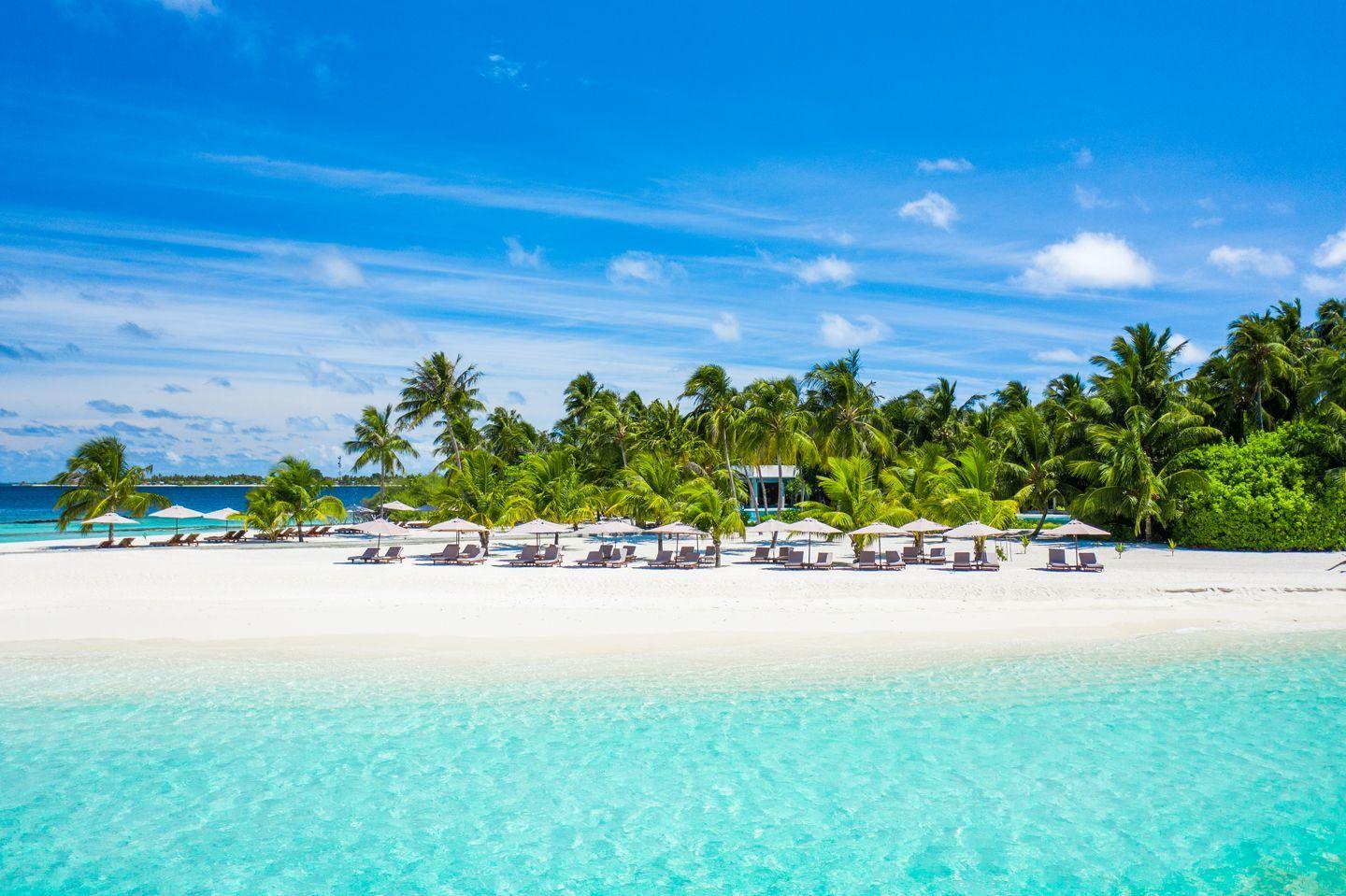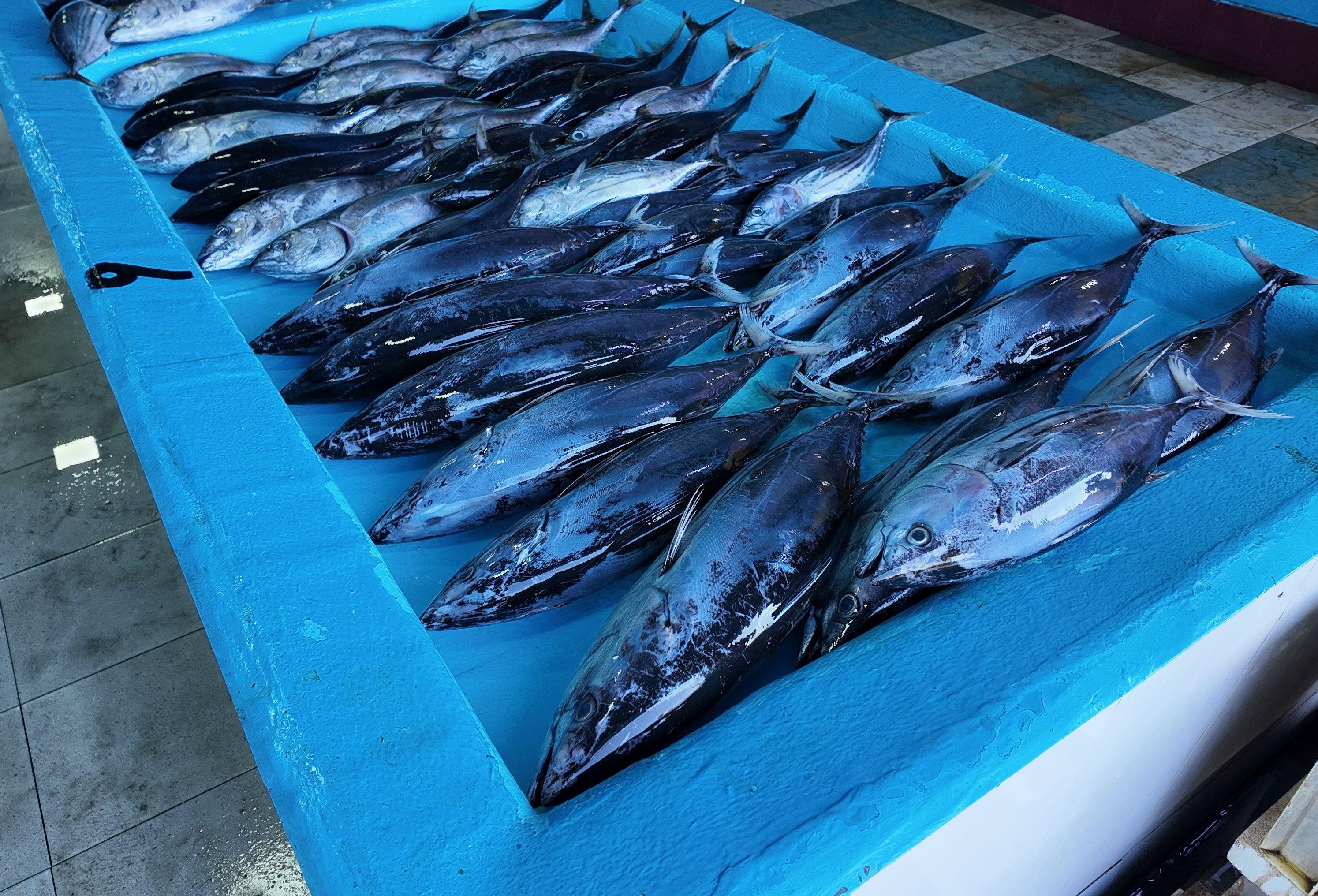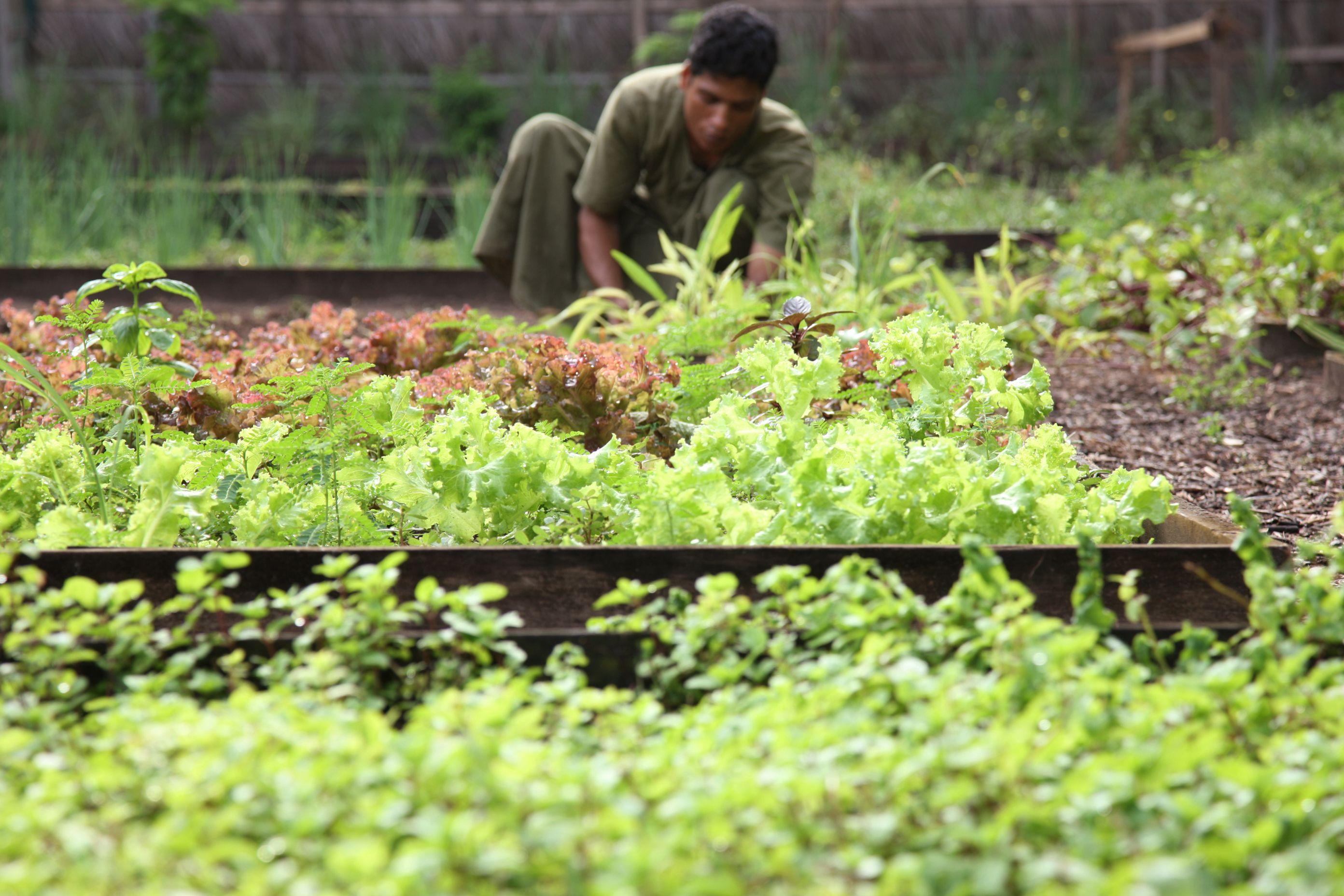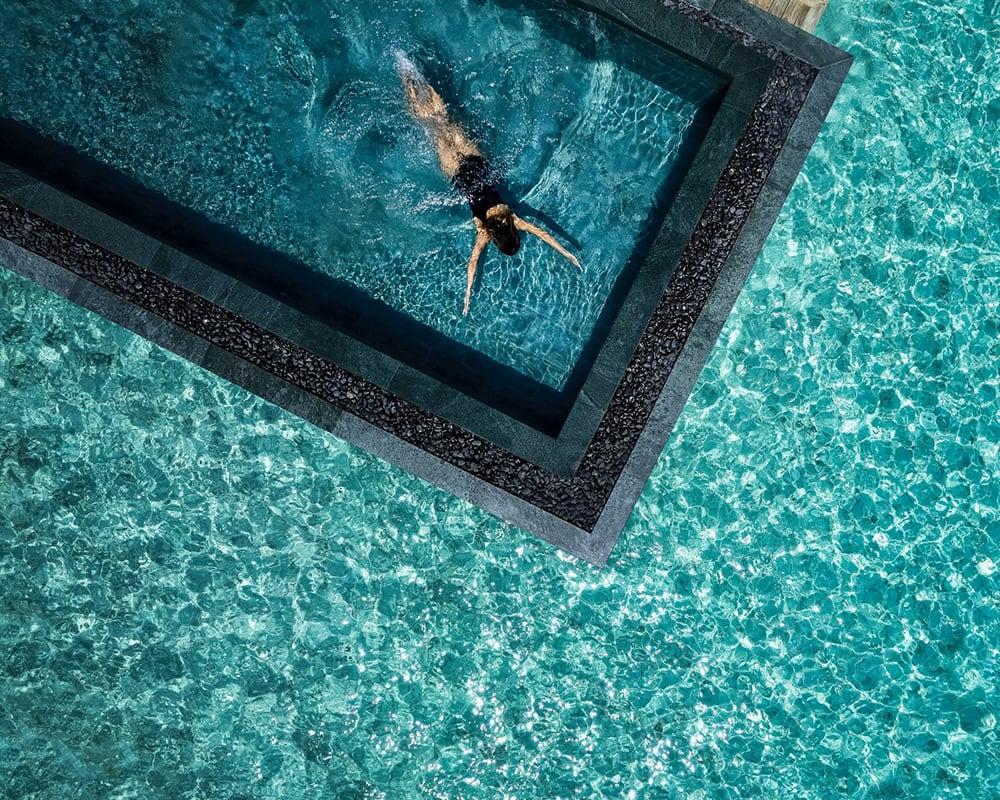
About Maldives
Economy of the Maldives
The economy of the Maldives heavily relies on tourism, and the industry contributes significantly to the country's Gross Domestic Product (GDP). Tourism is also the primary source of foreign exchange earnings for the Maldives.
After tourism, fishing is the second-largest economic sector. The Maldives is known for its tuna fishing industry.
The island nation faces challenges such as its vulnerability to climate change, as rising sea levels threaten its low-lying islands. However, Despite the various challenges, the Maldives’ economy has shown resilience.
Before you continue reading…
Maldives.com is a fully Maldivian travel agency with decades of destination expertise. Our expert travel advisors are local Maldivians who possess deep knowledge of our islands and maintain strong relationships with resorts nationwide, enabling us to secure the best rates for our guests.
We offer comprehensive packages for guesthouses and resorts in the Maldives. To provide you with the most reliable information, all our articles are written independently by experienced writers and rigorously fact-checked by our editors for accuracy.
Contact us on WhatsApp for bookings and personalized travel advice.
Tourism Industry in Maldives

Tourism is the largest economic sector in the Maldives. It contributes over 30% to the country's GDP (Gross Domestic Product) and creates many jobs for Maldivians.
Tourists mainly come for luxury vacations, honeymoons, and water activities like snorkelling, diving, and surfing.
Most resorts in the Maldives are located on private islands. This "one-island, one-resort" concept offers guests privacy and exclusivity. Resorts provide high-quality services, including gourmet dining, spa treatments, and water villas built over the lagoon.
Types of Tourism in Maldives
- Luxury Tourism: The Maldives is known for its high-end resorts that offer luxurious amenities such as overwater villas, private pools, personal butlers, and gourmet dining. Numerous celebrities and wealthy individuals choose the Maldives for exclusive vacations.
- Honeymoon Tourism: The Maldives is a top honeymoon destination. Couples are attracted by the romantic settings, privacy, and special packages that resorts offer, such as candlelit dinners on the beach or couples' spa treatments.
- Water Sports Tourism: The clear waters and rich marine life make the Maldives perfect for water activities. Tourists come to explore vibrant coral reefs and see manta rays, sharks, and colourful fish. Atolls in the Maldives also have excellent surf breaks, attracting surfers worldwide.
- Eco-Tourism: As environmental awareness grows, more tourists are interested in eco-friendly resorts. These resorts use renewable energy, minimize waste, and support local conservation projects. Guests can learn about marine ecosystems or participate in activities like coral planting.
- Wellness Tourism: Many resorts have world-class spas offering treatments inspired by traditional Maldivian and Asian techniques. Yoga retreats and meditation sessions are also popular.
- Cultural Tourism: Although less common, some tourists visit inhabited islands to experience local life. They can see traditional houses, mosques, and learn about Maldivian customs.
Fishing Industry in Maldives

The fishing industry is the second-largest sector of the economy after tourism. Fishing has been a way of life for Maldivians for centuries.
The Maldives is surrounded by the Indian Ocean, which is rich in marine life. The most important fish is tuna. There are different types of tuna caught in the Maldives, such as skipjack, yellowfin, and bigeye.
Fishermen use traditional methods that do not harm the environment. They use pole-and-line fishing, which means one fish at a time is caught. This method is sustainable because it does not catch young fish or other sea animals by mistake.
Most of the fish caught in the Maldives is exported. The biggest exporters include Italy, France, Germany, Switzerland, and the United States.
Challenges in the Fishing Industry
- Climate Change: Rising sea temperatures due to global warming alter fish migration patterns. Tuna, the primary catch, may move to cooler waters, making it harder for Maldivian fishermen to find them. Additionally, warmer waters can bleach coral reefs, which are crucial habitats for many fish species.
- Illegal, Unreported, and Unregulated (IUU) Fishing: Large foreign fishing vessels occasionally enter the Maldivian waters illegally. These boats often use unsustainable methods like long-lining or purse seining, which can lead to overfishing and bycatch. The Maldives has limited resources to patrol its vast ocean territory effectively.
- Market Competition: The Maldives competes with larger fishing nations in the global market. Countries like Thailand and the Philippines produce canned tuna at lower costs. This price competition can reduce profits for Maldivian fishermen and processors.
- Infrastructure Limitations: Many islands lack sufficient facilities for storing and processing fish. This leads to wastage, especially during peak fishing seasons.
- Young People Leaving the Industry: As tourism and other sectors grow, younger Maldivians are less interested in fishing, seeing it as hard work with uncertain income. This could lead to a loss of traditional fishing knowledge.
- Policy Challenges: Balancing sustainable fishing practices with economic needs is difficult. Policies need to protect fish stocks without making it too hard for fishermen to earn a living.
Other Industries in Maldives
While tourism and fishing are the primary economic drivers, the Maldives has been working to diversify its economy.
Agriculture

Despite limited land and soil, the Maldives grows some crops. Coconuts, papayas, watermelons, and root crops like taro are produced in the Maldives. Hydroponics is also being introduced to grow vegetables
Construction
With tourism expanding and sea levels rising, construction is busy. Projects include building resorts, housing, and coastal defense structures.
Information and Communication Technology (ICT)
The government is promoting ICT as a way to diversify the economy of Maldives. Efforts include improving internet connectivity across islands, developing e-government services, and encouraging start-ups.
Financial Services
The Maldives is focused on expanding its finance sector, notably in Islamic banking, to align with the country's Muslim faith. Efforts are also being made to attract foreign investment and develop offshore financial services.
Popular Products Produced in the Maldives
- Fish products: dried fish, smoked fish, canned fish, and Rihaakuru (a thick tuna sauce)
- Handicrafts: lacquerware, mats, souvenirs and jewellery
- Fruits & Vegetables: bananas, papayas, mangoes, watermelons, breadfruit, and chillies
- Coconut products: Coconut oil, coir rope, and coconut honey (Dhiyaa Hakuru)
Economic Vulnerability
Tourism accounts for almost 30% of the country's GDP and more than 60% of foreign exchange earnings. This makes the economy of Maldives sensitive to global events. For example, the 2004 tsunami and the COVID-19 pandemic severely impacted tourism, leading to job losses and economic contraction.
Similarly, the Maldives imports most of its food, fuel, and manufactured goods. This makes it vulnerable to global price fluctuations.
As the lowest-lying nation in the world, the Maldives is also highly vulnerable to sea-level rise. This threatens not just land but also infrastructure, freshwater sources, and tourism facilities. Adjusting to these changes is costly.
With little land and few natural resources beyond fish, the Maldives has limited options for economic activities, making diversification challenging.
